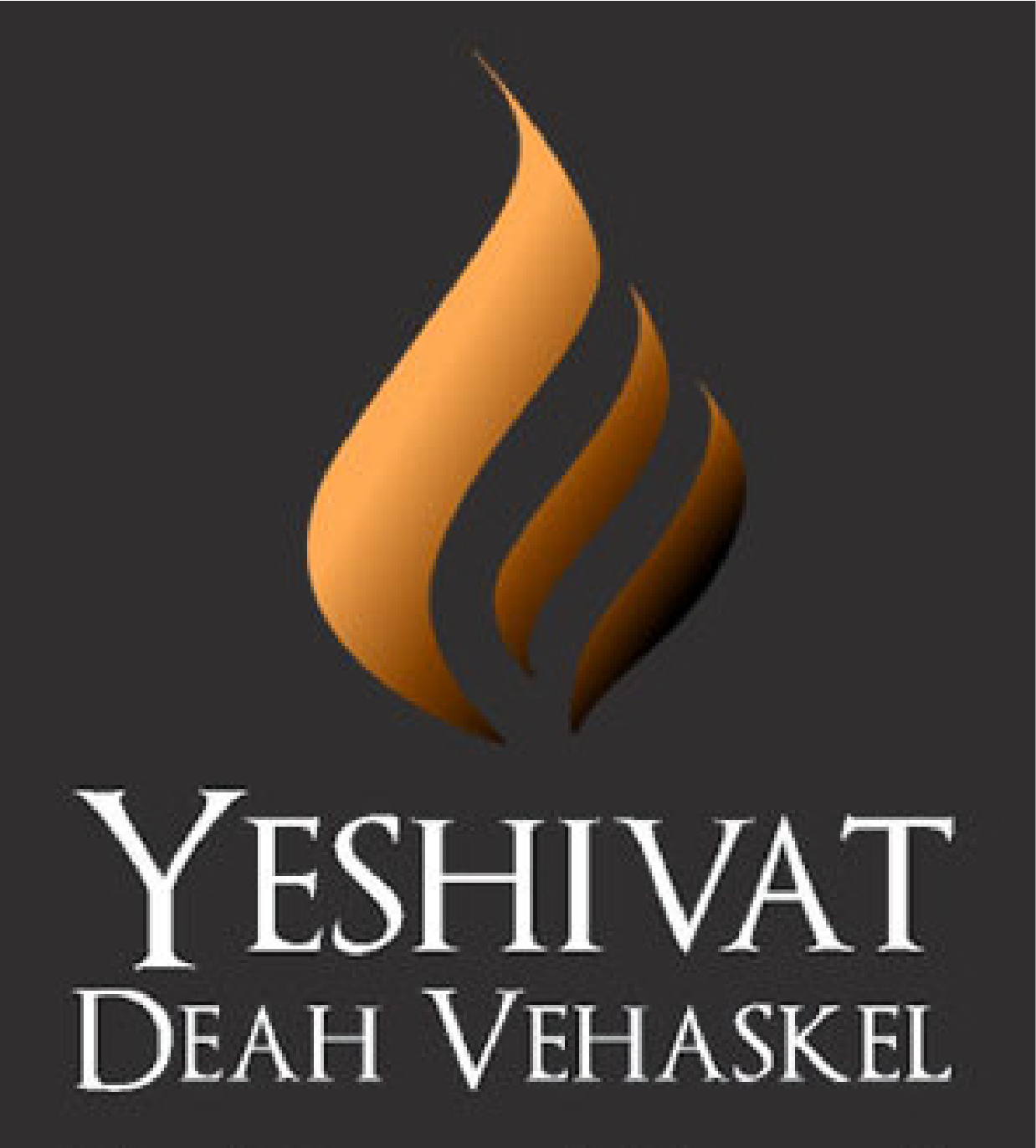This week’s Parasha begins with the words “Vayaqhel Moshe”, and Moshe gathered the Jewish people together. In this instance, the purpose of the gathering was to educate the Children of Israel – to present them with an exhortation about the observance of Shabbat, and to provide them with the directions necessary for them to construct the Mishkan, or Tabernacle, in accordance with the will of God.
However, one cannot help but notice that the last time the word “gather” or “congregate” was used, it was under very different circumstances, “And the people gathered around Aharon and said, get up and fashion for us a god…” It is no accident that the same verb utilized in the context of the building and worship of the Golden Calf is now employed to describe the rededication of the Jewish people to the service of Hashem.
Indeed, for all the similarity between the ‘gatherings’, there is a noteworthy difference. The first time the verb is used, the motive behind the gathering emerges from the people themselves – “vayiqahel ha-am”, and the people congregated of their own accord – whereas the second time, it is Moshe who invites them to congregate. The first time, the emotions of fear, panic and insecurity that overwhelmed the people created mass hysteria and moved them to gather together for idolatrous purposes. The second time, the wise leadership of Moshe brought the crowd together for educational reasons.
The contrast between the episodes highlights an important principle – that community, when its resources are combined and its focus is unified, is truly a force to be reckoned with. Nonetheless, when this force is an unbridled one, this pooling of untold energy, ambition and excitement can eventuate in catastrophe.
Only when the community comes together in a well-orchestrated, goal-directed and intelligent manner, with clear vision and with proper spiritual leadership and guidance, can we be confident that its tremendous power will be harnessed for noble ends.


וידבר משה, אל-יהוה לאמר: 16 יפקד יהוה, אלהי הרוחת לכל-בשר; איש על-העדה: 17 אשר-יצא לפניהם, ואשר יבא לפניהם, ואשר יוציאם ואשר יביאם; ולא תהיה עדת יהוה, כצאן אשר אין-להם רעה: 18 ויאמר יהוה אל-משה, קח-לך את-יהושע בן-נון, איש אשר-רוח בו; וסמכת את-ידך עליו: 19 והעמדת אתו, לפני אלעזר הכהן, ולפני כל-העדה; וצויתה אתו לעיניהם: 20 ונתתה מהודך עליו; למען ישמעו, כל-עדת בני ישראל